Venture into Ontario’s mist-shrouded forests during the golden hours of dawn and dusk, when filtered sunlight creates ethereal scenes perfect for capturing dramatic landscape photographs. Position yourself low to the ground with a wide-angle lens to emphasize towering pines and dramatic forest canopies in Ontario’s most photogenic parks. Master the art of forest composition by using leading lines created by winding trails, fallen logs, or streams to draw viewers deeper into your frame. Embrace seasonal transitions – from spring’s emerald awakening to winter’s frost-laden branches – by visiting the same location throughout the year, capturing nature’s ever-changing canvas. Pack a circular polarizing filter to manage harsh reflections and enhance the rich greens of moss-covered rocks and delicate ferns that carpet the forest floor. Consider the interplay of light and shadow, allowing dappled sunlight filtering through the canopy to create depth and dimension in your forest photography.
Spring: Capturing Nature’s Rebirth
Morning Mist and Early Blooms
There’s something magical about capturing Ontario’s forests during those misty morning hours when the first light filters through the trees. For the best results, arrive at your chosen location about 30 minutes before sunrise. This gives you time to set up your equipment and catch that ethereal moment when fog swirls through the forest canopy.
Keep your camera settings simple: use a wider aperture (f/8 to f/11) to ensure both foreground and background elements remain sharp. A tripod is essential in these low-light conditions, especially when shooting at slower shutter speeds to capture the movement of mist between trees.
Spring brings an explosion of woodland wildflowers, creating perfect foreground elements for your forest compositions. Look for patches of trilliums, Ontario’s provincial flower, which carpet the forest floor in white and pink hues. When photographing these delicate blooms, get down low and use a wide-angle lens to show both the flowers and the towering trees above.
For misty mornings, some of Ontario’s best spots include the Mono Cliffs Provincial Park trails early in the day, where fog often settles in the valley, and the Bruce Peninsula’s ancient cedar forests along the Georgian Bay coastline. Remember to pack a microfiber cloth to protect your lens from moisture, and consider using a polarizing filter to cut through haze and enhance the natural colors of spring foliage.
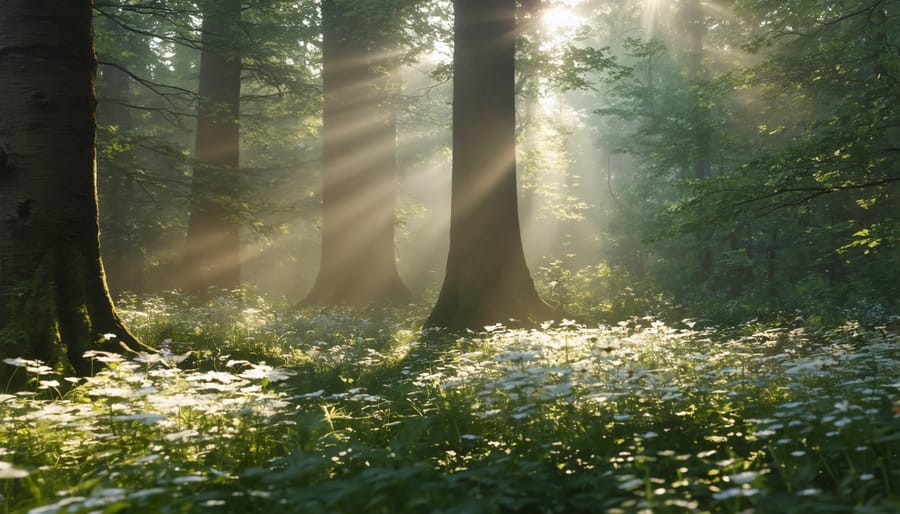
Spring Rain and Waterfall Photography
Spring in Ontario’s forests brings dramatic scenes as melting snow and rainfall transform quiet streams into rushing torrents. This is prime time for capturing dynamic water shots, especially in areas like Algonquin Park and the Niagara Escarpment, where seasonal waterfalls reach their peak flow.
To photograph rain-swollen streams, timing is everything. Visit after a good rainfall, but wait for a break in the weather when soft, diffused light helps prevent harsh glare on the water. Early morning or overcast days provide ideal conditions for capturing the rich, saturated colors of wet moss and spring foliage.
For waterfall photography, pack a sturdy tripod and neutral density filters – these are essential for achieving that silky-smooth water effect. Try exposures between 1/2 second and 2 seconds to start, adjusting based on water flow speed. Position your tripod on stable ground and use a remote shutter or timer to prevent camera shake.
Pro tip: Keep a microfiber cloth handy for wiping spray off your lens, and consider using a clear filter for added protection. When composing your shot, look for leading lines created by fallen logs or rock formations that draw the eye toward the cascade. Including some foreground elements like spring wildflowers or ferns adds depth and context to your images.
Remember to tread carefully on wet rocks and stick to marked trails – getting the perfect shot isn’t worth risking your safety or damaging delicate spring vegetation.
Summer: Working with Challenging Light
Golden Hour in Dense Canopies
The golden hour in dense forest canopies offers magical opportunities for landscape photographers, but timing is everything. In Ontario’s lush summer forests, this precious window occurs twice daily: just after sunrise and before sunset, when sunlight filters through the leaves creating ethereal beams and dramatic contrasts.
To make the most of these fleeting moments, arrive at your location at least 30 minutes before the golden hour begins. Look for gaps in the canopy where sunlight can penetrate and create those coveted light rays. Position yourself so that the sun is behind the trees, allowing for breathtaking backlit scenes that highlight the texture and depth of the forest.
A helpful tip for summer forest photography is to shoot on slightly breezy days when there’s moisture in the air. The movement of leaves combined with humidity creates stunning light beams that seem to dance through the canopy. Don’t forget to bring a lens hood to prevent unwanted flare, though sometimes incorporating subtle flare can add warmth and character to your forest scenes.
For the best results, try shooting in manual mode with a slightly underexposed setting to preserve highlight details in bright spots while maintaining the moody atmosphere of the forest interior. A tripod is essential during these low-light conditions, especially when shooting through dense foliage where every bit of available light counts.
Remember to work quickly but mindfully – the golden hour waits for no one, and the light can change dramatically within minutes in a forest setting.
Forest Floor Compositions
While grand forest vistas are breathtaking, there’s magic in getting down low to capture intimate forest details that many photographers overlook. The forest floor in Ontario’s parks offers a stunning canvas of textures, patterns, and miniature ecosystems waiting to be discovered through your lens.
Start by looking for natural leading lines created by fallen logs, winding roots, or scattered leaves. These elements can guide viewers through your composition while telling the story of the forest’s constant cycle of renewal. Try getting eye-level with mushrooms and moss – you’ll be amazed at how these tiny subjects can create powerful images, especially during golden hour when sunlight filters through the canopy.
For the best results, bring a macro lens or extension tubes, and don’t forget your tripod – it’s essential for sharp shots at ground level. Morning dew adds sparkle to spider webs and leaves, while afternoon light creates beautiful shadows between ferns and wildflowers.
A tip from my own adventures: lay a small tarp down before settling in for close-up shots. This keeps your gear (and you!) dry while you explore different angles. Remember to tread lightly and avoid disturbing the delicate ecosystem. Sometimes the most compelling compositions come from simply observing and working with what nature has arranged, rather than moving things around.
Fall: Creating Color Symphony
Peak Color Timing
Timing is everything when capturing peak fall colors in Ontario’s forests. For the best shots, plan your visits between late September and mid-October, when the transformation is most dramatic. The color change typically starts in the northern regions, gradually moving southward as temperatures cool.
Algonquin Park usually sees its prime colors during the last week of September, while more southern locations like Frontenac Provincial Park peak in early to mid-October. Keep an eye on local fall color reports, which most parks update weekly on their websites or social media channels.
Pro tip: Plan your shoots for early morning or late afternoon when the light is softer and more golden. Overcast days can actually work in your favor, creating even lighting that helps saturate those vibrant autumn hues. If you’re hoping to capture misty morning scenes, arrive about 30 minutes before sunrise when fog often lingers among the trees.
For the most dramatic shots, look for areas where different tree species mix together. Sugar maples provide brilliant oranges and reds, while yellow birch and poplar add golden tones to your composition. Small lakes and ponds can offer stunning reflections of the colorful canopy, especially on calm mornings.
Remember to be patient and flexible with your timing – weather conditions and temperature changes can affect when leaves reach their peak color, sometimes varying by up to two weeks from year to year.
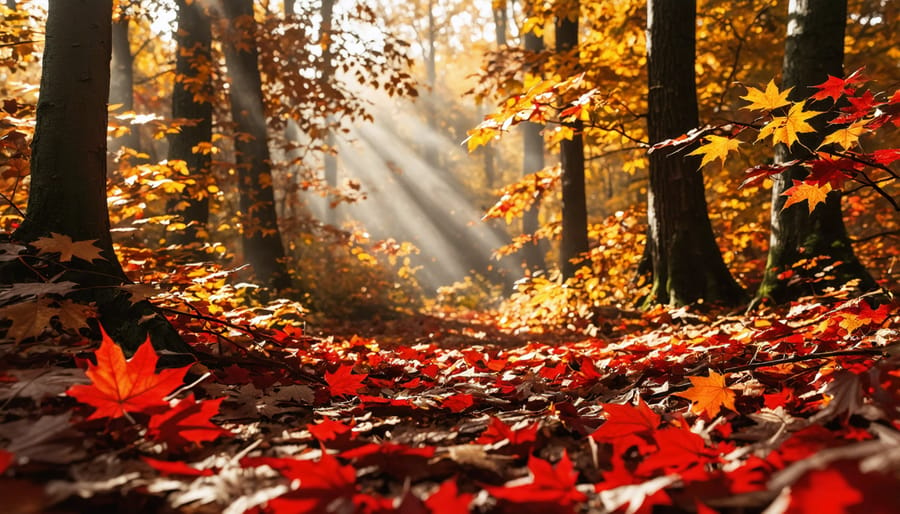
Contrast and Composition
Fall in Ontario’s forests presents a spectacular opportunity for photographers, with vibrant maples and oaks creating a natural color palette that can almost overwhelm the camera sensor. The key to capturing these scenes effectively lies in finding the right balance between contrast and composition.
When shooting autumn forests, look for natural frames that incorporate complementary colors. For instance, pair the blazing oranges of sugar maples with the deep greens of surrounding evergreens. This creates a natural contrast that helps your images pop without appearing artificial or oversaturated.
Morning and late afternoon light works wonders in forest photography, casting long shadows that add depth to your compositions. Position yourself so the sun filters through the canopy at an angle, creating those magical light rays that forest photographers dream about. Pro tip: bring a polarizing filter to manage glare on wet leaves and enhance the natural colors.
Don’t forget about the forest floor! Fallen leaves can create stunning foreground interest, especially when scattered across moss-covered rocks or reflected in small pools of water. Try shooting from a low angle to capture both the colorful canopy above and the texture-rich ground below.
For the most balanced compositions, use the rule of thirds to place strong vertical elements like tree trunks, and let your eye follow natural leading lines created by fallen logs or winding paths. Remember, less is often more – sometimes focusing on a small cluster of trees with perfect color contrast creates more impact than trying to capture the entire forest.
Winter: Embracing the Quiet Forest
Snow and Ice Patterns
Winter transforms Ontario’s forests into a photographer’s wonderland, where snow and ice create magical textures and patterns just waiting to be captured. The key to stunning winter forest photography lies in understanding how to work with these crystalline elements.
On frosty mornings, look for delicate ice crystals forming on bare branches and evergreen needles. These formations, known locally as hoarfrost, create ethereal scenes that are best photographed during the golden hour just after sunrise. Position yourself so the low winter sun backlights these ice crystals, making them sparkle like diamonds.
Fresh snowfall offers incredible opportunities for minimalist compositions. Try focusing on the way snow blankets tree branches, creating clean lines and stark contrasts. After a heavy snow, the weight of white powder creates naturally curved shapes in smaller trees and shrubs, offering beautiful leading lines for your compositions.
For unique patterns, explore the forest after an ice storm (safely, of course). The glazed coating on every branch creates a glass-like effect that’s particularly striking when photographed against a bright sky. Pro tip: bring along some hand warmers for your camera batteries, as they tend to drain quickly in cold conditions.
Don’t overlook the ground-level details either. Melting and refreezing cycles create fascinating ice formations around fallen logs and rocks, while snow-filled tree hollows offer perfect framing opportunities for intimate landscape shots.
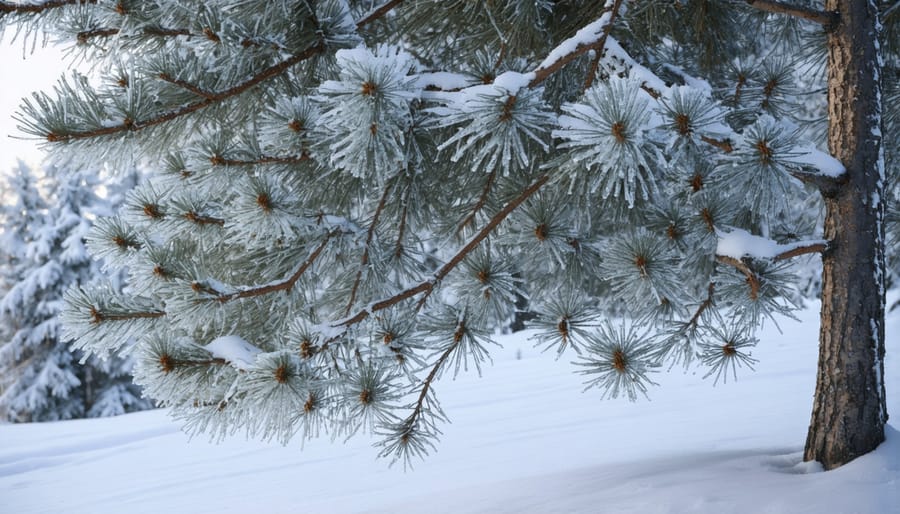
Equipment Care in Cold Conditions
When photographing Ontario’s winter forests, protecting camera gear becomes just as important as capturing the perfect shot. Cold temperatures can drain batteries quickly, so always pack extras and keep them close to your body for warmth. I learned this lesson the hard way during a sunrise shoot at Algonquin Park!
Consider using hand warmers in your camera bag to maintain optimal operating temperatures for your equipment. When moving between warm and cold environments, seal your gear in airtight bags before heading indoors to prevent condensation from forming on lenses and sensors.
Keep a microfiber cloth handy for wiping away snowflakes or moisture, and invest in weather-sealed equipment if possible. A rain cover or plastic bag can provide extra protection during snowfall. Remember to adjust your shooting techniques too – cold fingers aren’t as nimble, so set up your camera controls before heading out.
I always recommend using a sturdy tripod with rubber-gripped feet for icy conditions. Pack lens filters in an insulated case to prevent fogging, and consider using lens hoods to shield against falling snow. Most importantly, give your equipment time to acclimate when transitioning between temperature extremes – those extra few minutes can save your gear from potential damage.
These precautions might seem excessive, but they’ll help ensure your winter forest photography adventures are both successful and equipment-safe.
As we’ve explored throughout this guide, each season brings its own magical opportunities for forest photography in Ontario. From spring’s vibrant new growth to winter’s pristine snowscapes, our province’s forests offer endless possibilities for capturing stunning landscapes.
Remember to always respect the natural environment while pursuing your photography passion. Stay on marked trails, maintain a safe distance from wildlife, and never remove or disturb natural elements for the sake of a shot. Consider joining local photography groups or guided workshops to learn from experienced photographers while minimizing your environmental impact.
The key to successful forest photography lies in patience and preparation. Pack appropriate gear for the weather, scout locations in advance, and pay attention to weather forecasts. Don’t forget to experiment with different techniques throughout the year – try macro shots of frost-covered leaves in winter, long exposures of flowing streams in spring, backlit canopy shots in summer, and low-angle compositions of fallen leaves in autumn.
Most importantly, take time to simply appreciate the forest’s beauty before reaching for your camera. Sometimes the best shots come after quietly observing your surroundings and connecting with nature. Whether you’re capturing misty morning light filtering through pine trees or the golden glow of sunset in a maple grove, Ontario’s forests are waiting to share their stories through your lens.





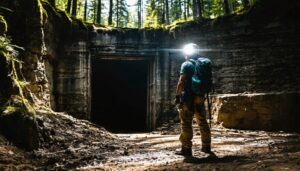
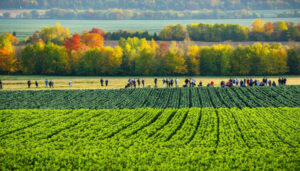

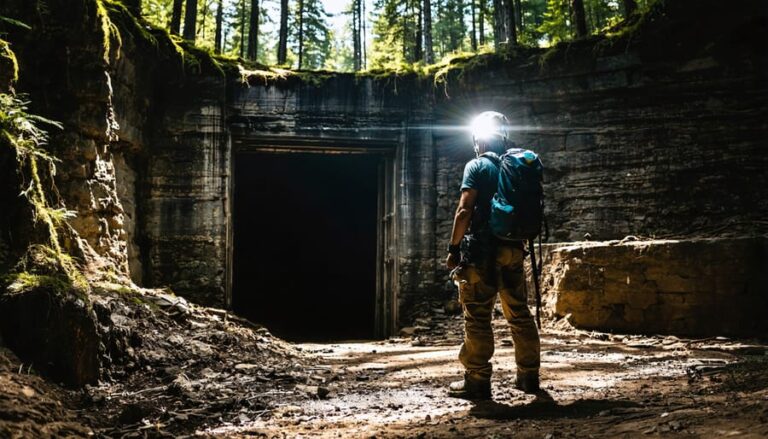
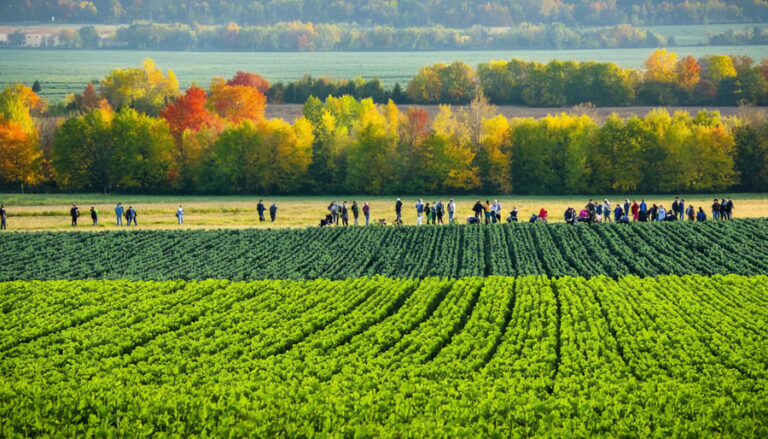




+ There are no comments
Add yours